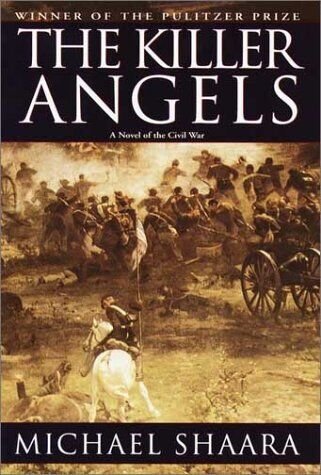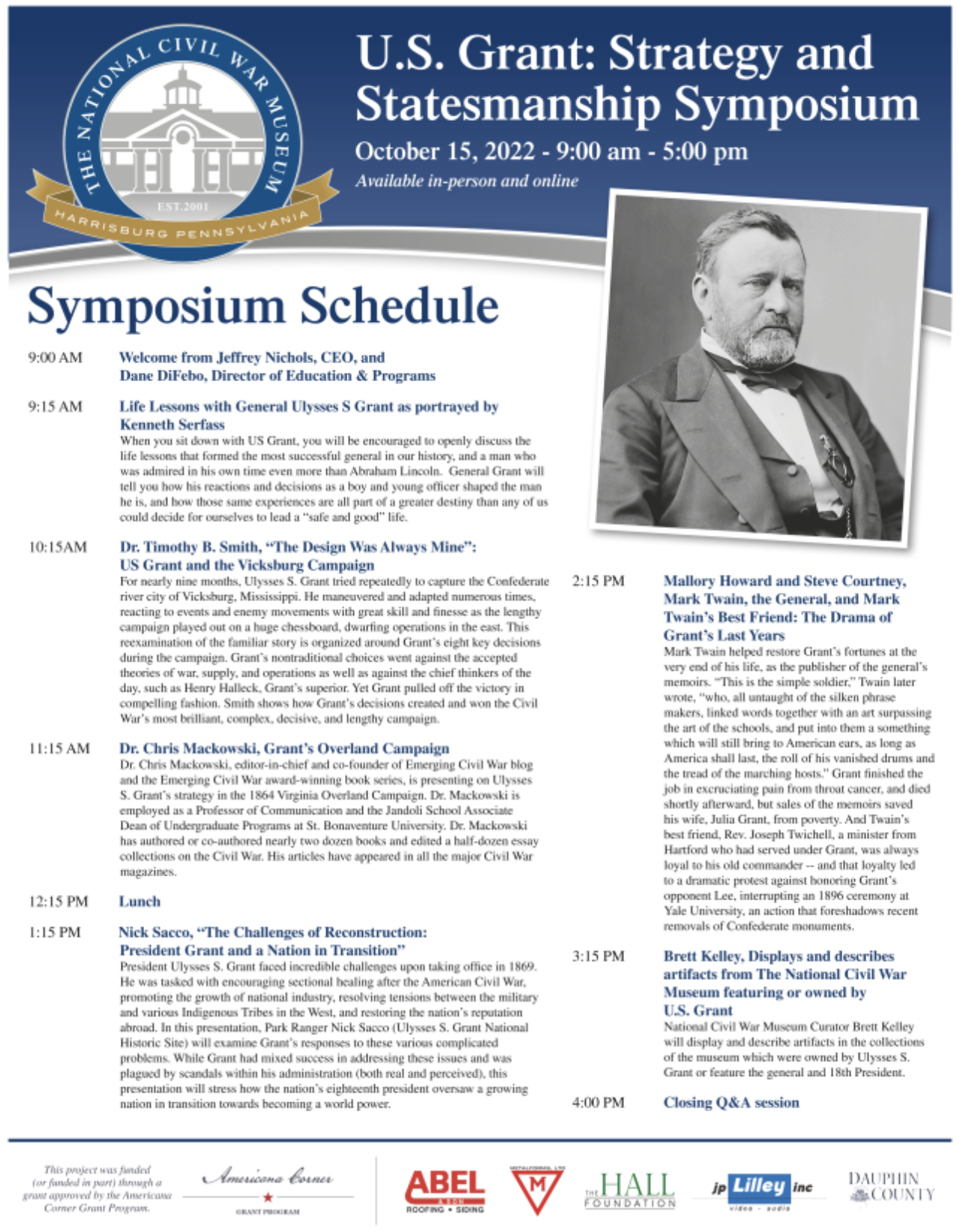According to his 1906 obituary, while a tenant farmer at the Crawford Farm in Gettysburg, Biggs was an active agent in the Underground Railroad. According to historian Debra Sandoe McClausin, Biggs directed freedom seekers to Black freedman and Quaker Edward Mathews’ farm in Biglerville, Adams County.
As over 6,000 Confederates invaded Pennsylvania in the summer of 1863, the Biggs family fled northeast to the town of Columbia on the banks of the Susquehanna River.
When the family returned to town after the epic Battle of Gettysburg, the turning point of the Civil War, everything that Biggs owned was pilfered or destroyed except three assets: two horses and a cart. They also returned to find 45 dead Confederates buried in the fields they tended and tilled.
According to the National Park Service, “the Biggs family lost eight cows, seven steers, ten hogs, eight tons of hay, ten crocks of apple butter, sixteen chairs, six beds, and ninety-two acres of crops.”
After the battle, teamster Biggs’ salvaged cart, which could carry up to nine bodies at a time, came in handy as he embarked on a grisly, putrid and daunting endeavor.
Working for Gettysburg merchant Samuel Weaver to disinter more than 3,000 dead Union soldiers from their initial graves and relocate and rebury them in a central spot, Biggs played a major role in the creation of the Soldiers’ National Cemetery.
From October, 1863 until March, 1864, Biggs made $1.25 for each corpse brought to its final resting place, including hauling Union corpses from Hanover, 14 miles away. As a famous photo from Hanover shows. Biggs hired several Black men from Gettysburg to get the job done.
Biggs used his earnings to purchase his own farm, the Peter Frey farm, which still stands on Taneytown Road, and about 120 acres of land. Some included the famous copse of trees, known as the high water mark of the Confederacy at Cemetery Ridge, a must-see visit for battlefield tourists.
In 1881, Biggs sold those witness trees and the seven acres around them to the Gettysburg Battlefield Memorial Association for $1,350.
Ironically, although Biggs played a prominent role in the creation of the Soldiers’ National Cemetery, he and other Blacks, including those 30 local Civil War veterans of the United States Colored Troops (organized in the summer of 1863), are not buried there.
As historian D. Scott Hartwig points out, “we now know that there are five burials of African American soldiers in the Civil War section of the Soldiers’ Cemetery [in Gettysburg], but four of those soldiers were Spanish American War veterans who were buried here because it was the closest National Cemetery.” Only one Black Civil War veteran, Henry Gooden of the 126th United States Colored Troops, who died after the Civil War in Carlisle in 1876 and was not interred at Gettysburg’s Soldiers’ National Cemetery until 1884, is buried there today.
A founder and prominent member of the Sons of Good Will, formed to acquire land for Black cemeteries, Basil Biggs, along with local Black Civil War veterans, is buried in the cemetery that the Sons of Good Will established in 1866. Since 1906, the year Biggs died and was buried there, it has been known as Lincoln Cemetery.
It’s on the outskirts of town in Gettysburg’s third ward, where most Gettysburg African Americans in that era lived.
Your “Ticket to the Past” visit winds to its finale with a view of President Abraham Lincoln’s train steaming into Gettysburg from Hanover aboard a Hanover Rail train on November 18, 1863. The next day, in Lincoln’s “few appropriate remarks” dedicating the Soldiers’ National Cemetery that Biggs helped create, the nation’s 16th commander-in-chief proclaimed a “new birth of freedom.”
The narrator then ends your visit with an open-ended challenge to honor the fallen, the freedom-seekers, the healers and re-builders of that era in our lives today.
“Ticket to the Past” is a bold, family-friendly, state-of-the-art, immersive, patriotic, and call-to-service visitor experience that you don’t want to miss.
FOR MORE INFORMATION CLICK HERE
















